| Havana History | Home Cuba Havana Cars Hotels | |
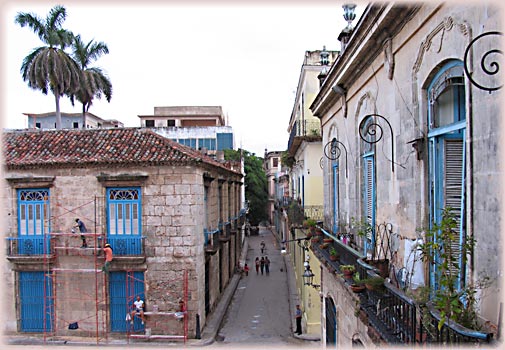 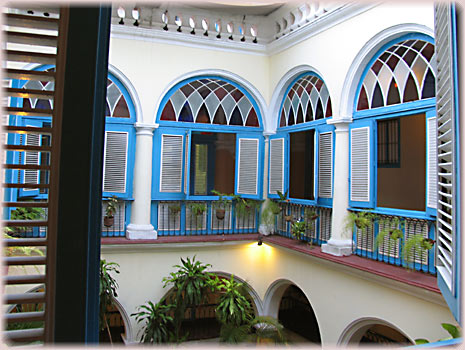 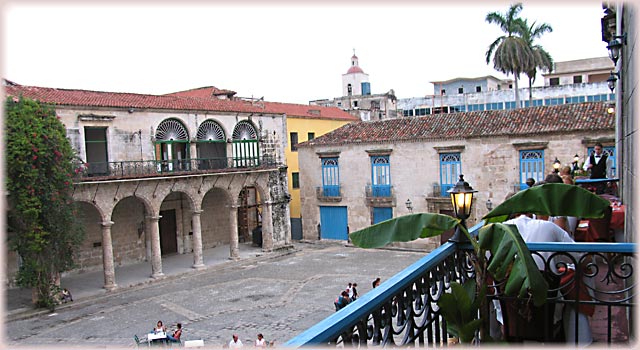 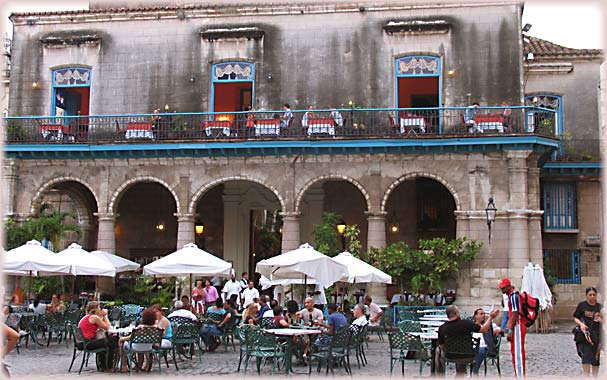 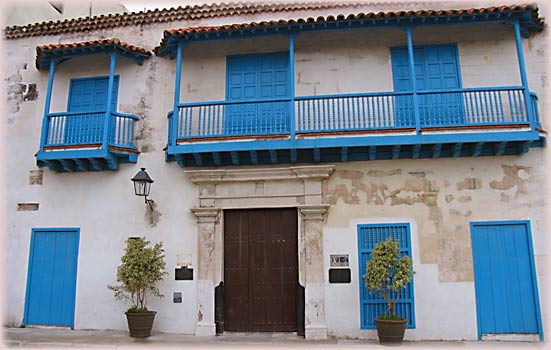 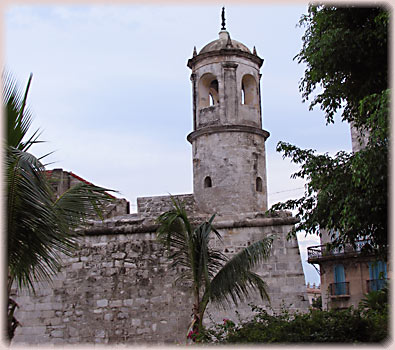  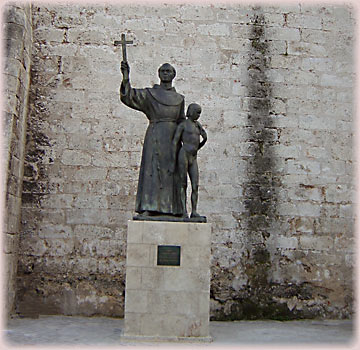 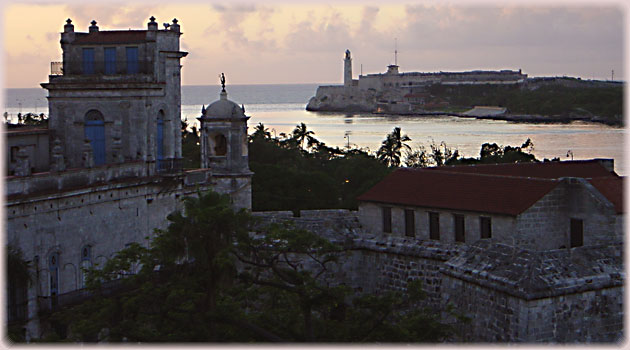 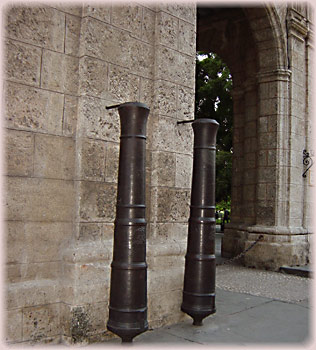
|
| The early times of Saint Christopher of Havana were marked by a seafaring illusion and the certainty of this vocation; the small huts of wood and palm leaves were settling on the right margin of the port entrance and soon the little town was visited by the soldiers and seamen who stopped over on their trip to the Indies. One was Hernan Cortes who obtained provisions in the southern Havana; these visitors supplied themselves with cassava, salted meat, water and horses, from the northern Havana, while they rested from the waves and the monotonous views that is the life of a sailor. Its proximity to Florida made the village a base for the conquest and colonization of the peninsula. Juan Ponce de Leon searched for the fountain of youth in those lands and was so imbued by this attractive chimera until a poisoned arrow forced his return to Havana to die looking out on the bay, dreaming that he found the miraculous water and was reborn in American lands. Crossroads of the routes of conquest, stopover of the routes of conquest, stopover of the routes of colonization, birthplace of all the dreams, Havana attracted the general interest of the sailors who, on their return to their mother country, related fabulous histories of beautiful cities and inhabitants decked with gold and stones, leaving exotic products as testimony of their adventures. Here there was no danger from warring natives, or poisonous plants, or harmful animals, and the gulf current took their ships back and forth without need of a helmsman. Very soon it was attracted by friend and coveted by enemies: the corsairs and pirates attacked it before twenty years of its existence. The royal treasures also stopped over here and the need for a defense system was urgent. The Governor of the Island, Gonzalo Perez de Angelo, moved to Havana, leaving Santiago de Cuba that was then the capital, a fact that upset the people of that city. They sent a complaint to the Royal Audience of Santo Domingo which finally decided upon the advantages for the Crown and permitted the move of the governor in 1553. This was only a first step to declaration in 1607 of Saint Christopher of Havana as the capital of the Island when it already had the title of city, granted by Philip II in 1592. The initial settlement grew around the garrison and parallel to the port; the garrison served as protection of the population and, for this reason, the Force Fortress was ordered to be built in 1540. However, this didn’t turn out to be enough because, fifteen years later, the French pirate, Jacques de sores attacked the town and took the fort; the governor of the time fled to the nearby village of Guanabacoa but the fortress Governor Juan de Lobera and the inhabitants bravely defended the city although with no success and it fell to the hands of the pirate who plundered and burned it down. On the ruins of the fortress a new defense building was built: the Royal Force that was concluded in 1577 and was occupied as living quarters by the governor of Cuba. Nearby, the parish church was built and the small forest dividing them was ordered to be cut down to create the Church Plaza, later taken by the governor as the Arms Plaza, the first priority to group political-military, religious and civilian functions of an emerging population. From the time that the city was destroyed by Sores and the many fires that sprang up, palm leaf roofs and wood plank walls were forbidden; there was already the possibility of building with stone and roofing with ceramic tiles. The Spain of the south - the Mudejar Spain – reached America; it marked that construction of those times with beautiful wooden works, patios, cisterns and earthernware pipes, which remain as testimony of its presence. |
||
Copyright © Netssa